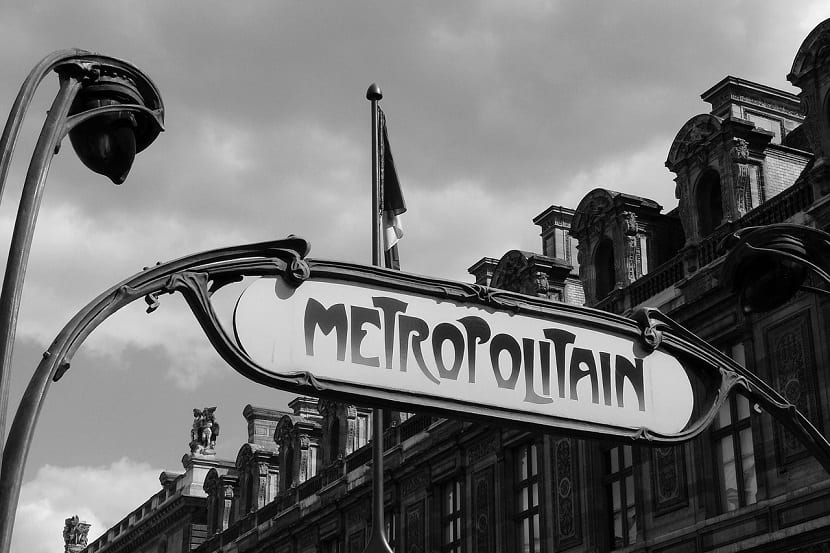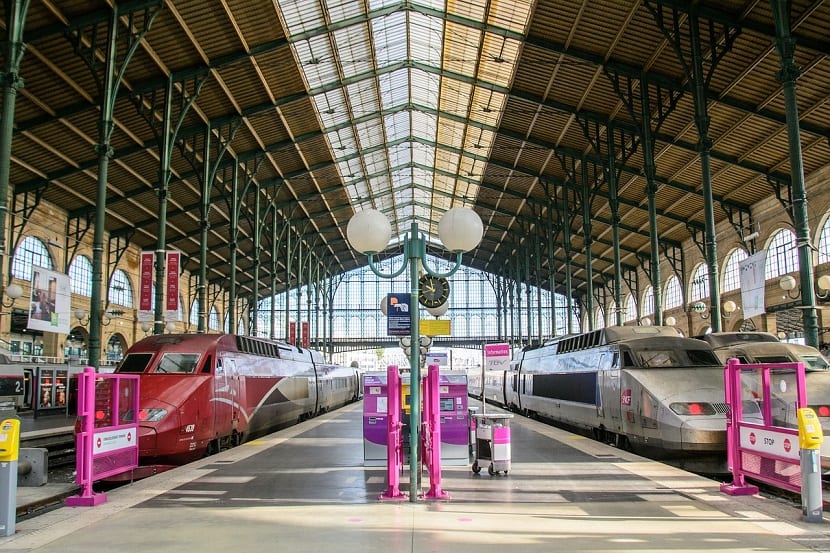
Image | Pixabay
Paris has an extensive historical and cultural heritage spread from end to end of the city, so it is necessary to take transport to explore all its sites of interest. Fortunately, the French capital can boast of having a fairly effective public transport network. Here are their main means of transport.
Paris metro
As in all cities with suburban, the metro is the fastest transport to move around the city. It consists of 16 lines that operate from 5 in the morning until 1 in the morning. On Friday and Saturday nights the metro closes at 2:00 a.m., an hour later.
Since its inauguration in 1900, the metro network has gradually expanded to have 303 stations and 219 kilometers of tracks, it is only surpassed by London and Madrid. Some stations are not very well signposted, so it is advisable to pay close attention to avoid making the wrong exit. That is why it is essential to take a map of Paris transport when arriving at the airport or the first metro station.
To move around the city center, the Metro is perfectly combined with the RER. The ticket is the same and you hardly notice the difference. Regarding the types of tickets we find: the single ticket, the daily and weekly passes, the Ticket t +, Paris Visite and Passe Navigo.

Image | Pixabay
RER
The meaning of RER is Réseau Express Régional. RER trains are regional trains that complement the metro network when they circulate through the center of Paris and with them you can reach places as distant as Versailles, Disneyland and Charles de Gaulle airport.
The Paris commuter network has more than 250 stations, five lines and almost 600 kilometers of tracks. The RER lines are named with letters: A, B, C, D and E, the first three being the most touristy. The RER schedule depends on the line and ranges between 4:56 in the morning and 00:36 in the morning.
RER train ticket prices depend on the distance. Each zone has a valid ticket so, for example, in zone 1 of Paris the train ticket fare is the same as that of the metro but to go to Versailles you will have to buy a suitable ticket. The station machines allow you to enter the desired destination and depending on this, one price or another will be marked.
Depending on the route, especially if they are long distances, sometimes it is more convenient to take an RER train since it makes fewer stops than the metro and is much faster. A 30-minute metro ride can be shortened to 10 minutes by train.

Image | Pixabay
Taxis
Paris has more than 20.000 taxis circulating throughout the day through its streets. Except for certain hours of the night, it is usually not difficult to find a free taxi.
The lowering of the flag has a price of 2,40 euros and a supplement of 3 euros is charged for a fourth passenger and 1 euro for each suitcase from the second. There is no charge for departing from Charles de Gaulle Airport, Orly or from the train stations.
The price of taxis is the same whether you go to a stop, if you stop them on the street or if you call them on the phone. Remember that the minimum service has a price of 6,20 euros including all supplements.

Image | Pixabay
Bus
One of the most comfortable ways to get around Paris is the bus. There are more than 60 day and 40 night lines. Many lines run through the center, through historic neighborhoods and along the quays of the Seine.
The advantages of the bus are that it is fast for short distances and during the journey you can contemplate the city, which in short is another way of doing tourism. As for the disadvantages, long trips at rush hour can make us arrive late at the destination.
Regarding the schedule, generally the buses are in operation from Monday to Saturday from 07:00 a.m. to 20:30 p.m., although the main lines run until 00:30 a.m. On Sundays and holidays many lines are not operational.
At the bus stops, the timetable of each line is marked, both when the first and last buses leave as well as the days of service and their frequency. Depending on the month, sometimes the hours can also vary.
The night buses that run between 00:30 and 07:00 have a frequency of 15 to 30 minutes on daily days and from 10 to 15 minutes on weekends. They are identified by having the letter N before the line number.